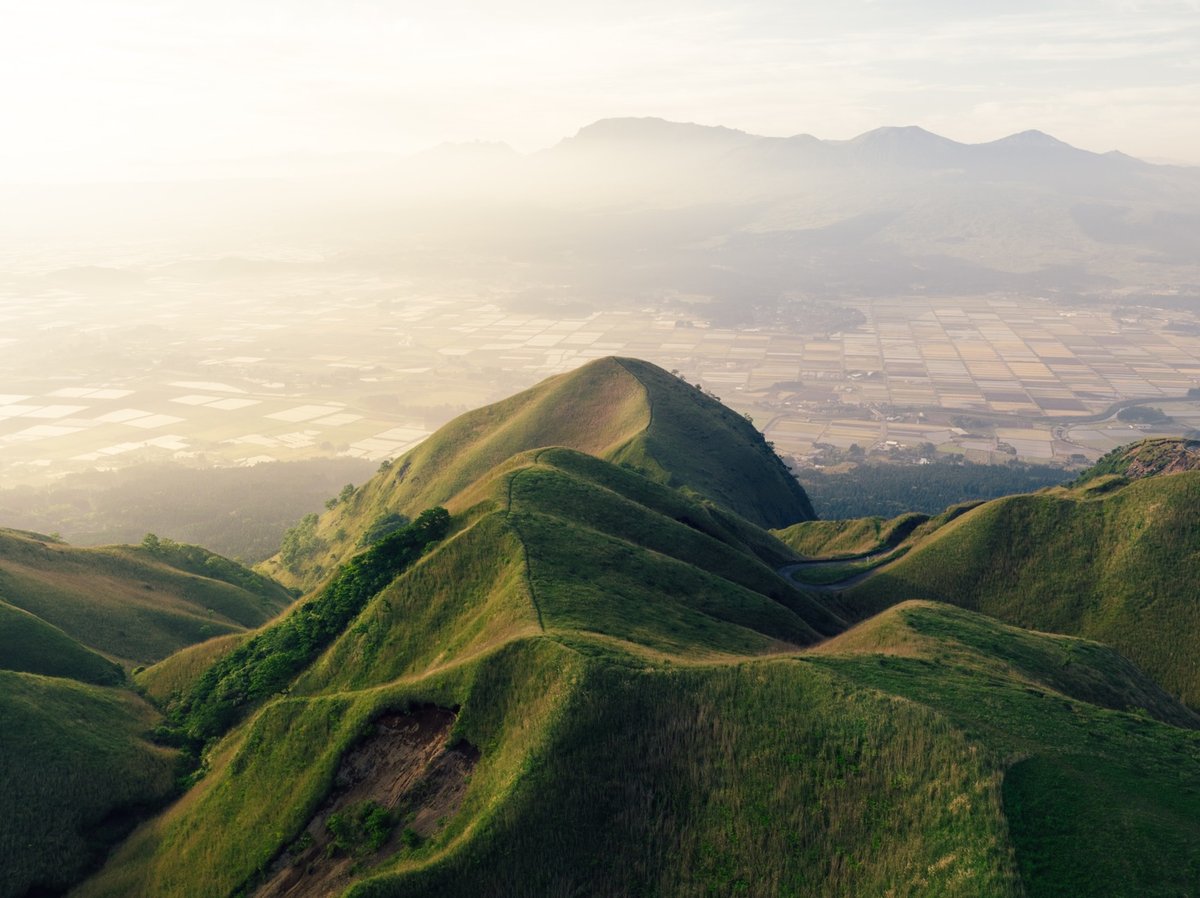A fabrication lab in Japan hopes to rejuvenate the local cedar industry

Over the last decade plus, Fab Labs have had some years of great growth and visibility. Recently, some have had a harder go of it and a growing number of people, including most of media, seem to have dismissed them.
Fab Lab Aso Minami-Oguni is one kind of project that can “keep the dream alive” and shows how local fabrication workshops can serve a number of functions and help different groups within a community.
Created by the companies Anai Wood Factory and Foreque Inc., the lab sits in a relatively remote village of 4000 people.
[B]uilt with the intention of developing new products with Oguni Cedar, a locally prized resource. Oguni Cedar is a fine-grained, high-quality wood, known for its lustre, texture and beautiful pink colour. The Fab Lab is affiliated with a shop called the FIL Store which sells tableware and furniture, from wooden plates and cups to tables, lounge chairs, and coat hangers, all made by Foreque Inc. under the FIL brand. All the products are made from Oguni Cedar, and their hallmark is the way in which the grain of the wood is incorporated into their design. Suzutani explains that the products symbolise the way the industry has changed over time.
It’s part of an effort to rejuvenate the exploitation of the local cedar and to help another generational shift, having gone from logs, to lumber, and hopefully now to more finished products.
The lab also caters to other audience in the village.
Fab Lab Aso Minami-Oguni attracts all kinds of people, from housewives who want to engage in craftwork, to newcomers to the village working on ambitious projects. But according to Suzutani, they expend their biggest efforts on primary school and junior high school students, aged 6 - 15. “Rural towns like this do not have many places for children to safely go and play on their own. Because of that, many of them go home after school just to play games on their phone for hours. You could even say that smartphones are their only connection to the outside world.”
Credits: The interview is a collaboration between Pop-Up City and MOMENT Magazine. Photo of Mount Aso by Takahiro Taguchi (Fab Lab Aso Minami-Oguni is just north of the mountain).





Stay Connected